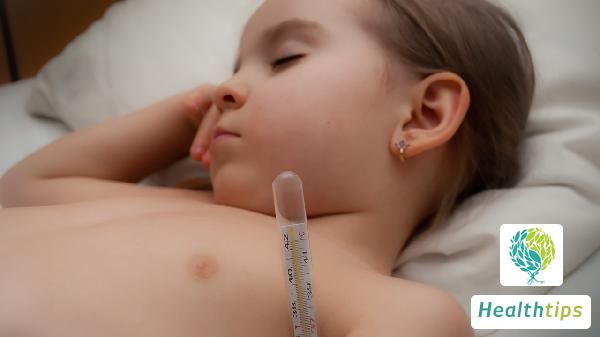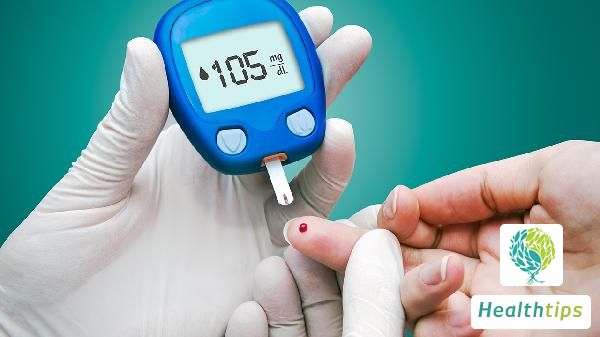Can non-invasive tests detect cleft lip and palate?
Limitations of Non-invasive Examinations in Detecting Cleft Lip and Palate
Non-invasive examinations can only identify larger cleft lips.

1. Overview of Cleft Lip and Palate
Cleft lip and palate is a rare congenital anomaly affecting the craniofacial development of children, involving both soft and hard tissue development. This condition is typically detected during the second trimester of pregnancy through ultrasound. As a non-invasive imaging technique, ultrasound offers detailed observation of fetal development; however, its resolution is limited, enabling the detection of only larger cleft lips.
2. Limitations in Detecting Smaller Cleft Lips
Smaller cleft lips may go undetected by ultrasound due to its resolution limitations. While ultrasound boasts high resolution, it can have limitations when it comes to identifying subtle tissue abnormalities. Specifically, when the cleft is narrow, ultrasound waves may fail to capture these fine details clearly.
3. Difficulties in Detecting Cleft Palate
Cleft palate, where the bones of the upper jaw (maxillary processes) fail to fuse, is also challenging to detect via ultrasound. This is because ultrasound's resolution is even more inadequate when it comes to bone tissue development. While ultrasound may provide some indications, it cannot solely rely on it to confirm the presence of cleft palate.
4. Role of Ultrasound in Prenatal Screening
During pregnancy, ultrasound serves as a tool but should not be solely relied upon to prevent cleft lip and palate. To minimize the risk, pregnant women should avoid adverse factors such as smoking, alcohol consumption, and exposure to harmful chemicals. Maintaining healthy lifestyles and proper nutrition contribute to fetal development.
5. Postnatal Diagnosis and Management
After birth, direct examination enables a more accurate diagnosis of cleft lip and palate. Doctors conduct visual inspections and other tests to confirm the specifics of the cleft and devise appropriate treatment plans. Early detection and intervention are crucial for enhancing treatment outcomes.
6. Early Intervention and Treatment
For confirmed cases of cleft lip and palate, early intervention and treatment are paramount. Surgeons typically recommend surgical repair within the first few months of life to restore normal facial function and appearance. Postoperative rehabilitation and long-term follow-ups are also vital for regaining normal speech and chewing capabilities.
7. Comprehensive Approach to Prevention and Treatment
Although non-invasive exams like ultrasound provide some prenatal information, their limitations are evident. For comprehensive prevention and treatment of cleft lip and palate, pregnant women should prioritize prenatal care, and children should undergo prompt and thorough examinations and treatments after birth. Through integrated strategies, the impact of cleft lip and palate on children's quality of life can be effectively mitigated.



















